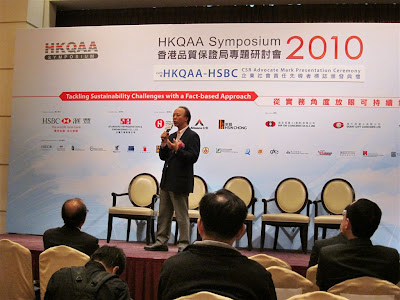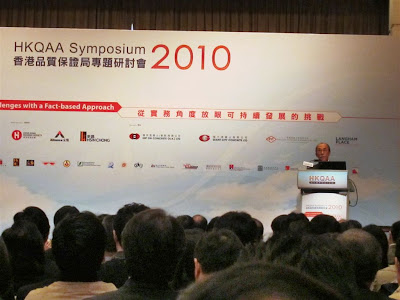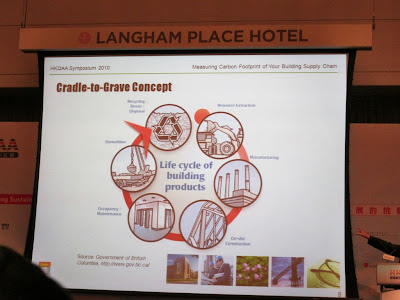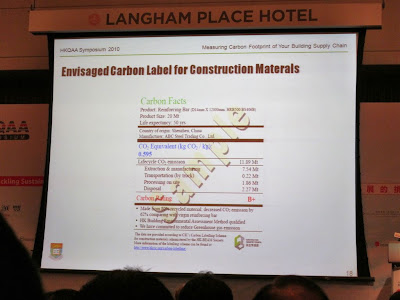 (Right: Dr. Lee and I)
(Right: Dr. Lee and I)Firstly, we visit the Institute of Chinese Medical Sciences. Dr. Lee showed many different equipment and facility in the institute.
Fundamental wet chemistry laboratory for Chinese Medical

Safety facility in the laboratory

One of the interested research items was introduced, which was applying Zebrafish in Drug Screening.

Experiments on zebrafish mainly involve three approaches. The first approach is observing cellular changes in various systems such as the nervous system, the cardiovascular system, and the skeletal system. The second approach is using biochemical indices (Changes in genes and protease can responds to medication.). The third approach is observing behaviours. Observing and monitoring zebrafish behavior can effectively yield results on drug (Chinese Medicine) efficacy.

Institute for the Development and Quality, Macau was also observed.

The groundbreaking ceremony for the new campus of the University of Macau (UM) was held on 20 December 2009. President of the People’s Republic of China Mr. Hu Jintao and Chief Executive of Macau SAR Dr. Chui Sai On officiated at the groundbreaking ceremony for the new campus. The new campus will be nearly 20 times larger than the existing one and located in east Henqin Island, Guangdong Province.

After the visit, I went to the University of Science and Technology, Macau.

Before I visited universities, I joined the Show entitled “The House of Dancing Water” in Saturday night. It was a very good show and I took some photos for sharing.
In front of Casino, mermaid was observed.

I took a photo near the hall.

In the beginning, a ship raised from the water.

It was like Circus above the water.

Waterfall

Motorcycles Show

Reference:
Instititute of Chinese Medical Science. University of Macau
http://www.umac.mo/icms/
Institute for the Development and Quality, Macau
http://www.idq.org.mo/
Macau Association of Science and Technology
http://www.mapst.org/
House of Dancing Water
http://thehouseofdancingwater.com/en/#/home

Safety facility in the laboratory

One of the interested research items was introduced, which was applying Zebrafish in Drug Screening.

Experiments on zebrafish mainly involve three approaches. The first approach is observing cellular changes in various systems such as the nervous system, the cardiovascular system, and the skeletal system. The second approach is using biochemical indices (Changes in genes and protease can responds to medication.). The third approach is observing behaviours. Observing and monitoring zebrafish behavior can effectively yield results on drug (Chinese Medicine) efficacy.

Institute for the Development and Quality, Macau was also observed.

The groundbreaking ceremony for the new campus of the University of Macau (UM) was held on 20 December 2009. President of the People’s Republic of China Mr. Hu Jintao and Chief Executive of Macau SAR Dr. Chui Sai On officiated at the groundbreaking ceremony for the new campus. The new campus will be nearly 20 times larger than the existing one and located in east Henqin Island, Guangdong Province.

After the visit, I went to the University of Science and Technology, Macau.

Before I visited universities, I joined the Show entitled “The House of Dancing Water” in Saturday night. It was a very good show and I took some photos for sharing.
In front of Casino, mermaid was observed.

I took a photo near the hall.

In the beginning, a ship raised from the water.

It was like Circus above the water.

Waterfall

Motorcycles Show

Reference:
Instititute of Chinese Medical Science. University of Macau
http://www.umac.mo/icms/
Institute for the Development and Quality, Macau
http://www.idq.org.mo/
Macau Association of Science and Technology
http://www.mapst.org/
House of Dancing Water
http://thehouseofdancingwater.com/en/#/home
































































